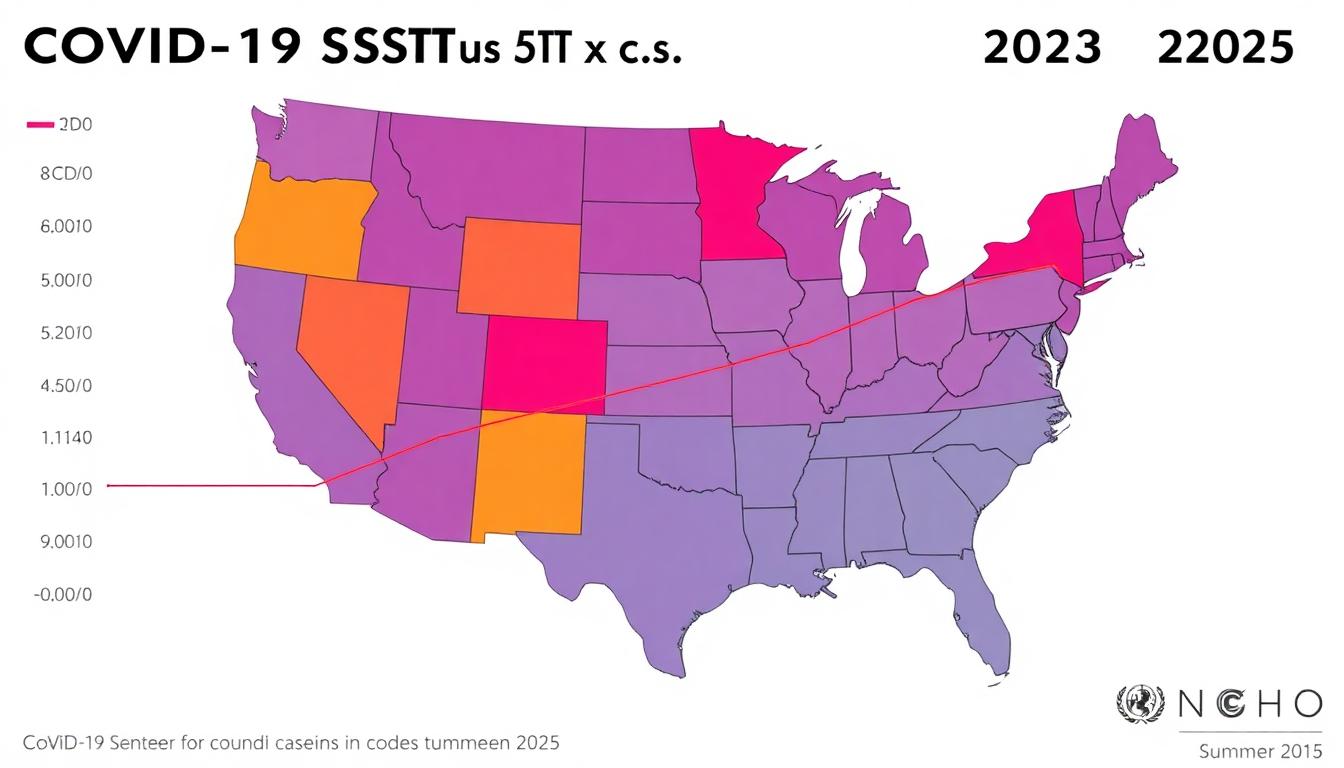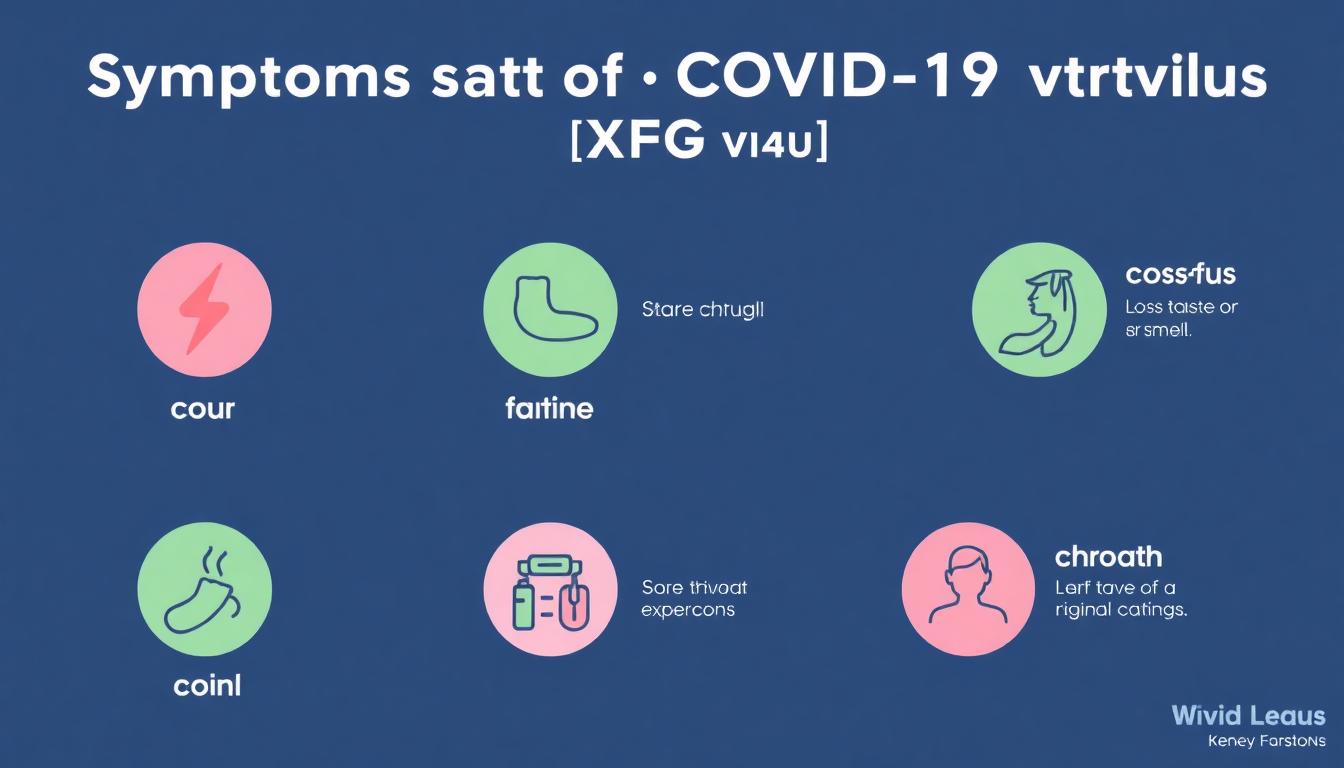A new COVID-19 variant, known as Stratus (XFG), is now one of the fastest-rising strains in the U.S. and around the world. Reported cases, hospital visits, and test positivity rates are climbing in summer 2025 as the CDC and global health experts track this latest development. Here’s what everyone needs to know about Stratus, how it might impact your community, and how to stay protected.
What Is the Stratus (XFG) Variant?
The Stratus variant, formally labeled XFG, comes from a genetic mix of two strains: F.7 and LP.8.1.2—the latter a top U.S. variant this year. Researchers believe XFG’s mutations help it hide from immune defenses, which is why it’s spreading faster in some regions.
But Stratus is actually less transmissible than other major strains—like NB.1.8.1 and LP.8.1. It’s become notable because its growth has been rapid in certain states, jumping from barely 1% of U.S. cases in March to about 14% by late June.
Where Is XFG Rising Fastest?
Outbreaks appear most intense in states like Tennessee, New Jersey, and across parts of California. For example, in New Jersey, XFG shot from under 1% in late March to more than 75% in June, now making up well over half of new cases mid-summer. California’s July numbers also doubled quickly, with positive cases jumping from 4% to almost 8% in a few weeks.

Internationally, WHO tracking shows XFG making up 7% of positive tests in May, soaring to 23% by late June across 38 countries. U.S. CDC wastewater monitoring has upgraded COVID-19 activity from “low” to “moderate” as XFG numbers rise.
What Are the Symptoms of Stratus?

Most symptoms of Stratus are very similar to past Omicron variants. The CDC notes the following as most common:
- Fever or chills
- Cough
- Sore throat
- Shortness of breath or difficulty breathing
- Loss of taste or smell
- Fatigue
- Muscle or body aches
- Headache
- Nausea or vomiting
Some doctors report mild differences so far: cases of hoarse voices and dry cough seem a bit more frequent, though there is no standout “signature” symptom.
Is Stratus More Dangerous?
So far, XFG does not appear to cause more severe illness. The CDC and WHO say that, based on current data, hospitalizations and deaths per case are not spiking. The strain’s public health risk remains “low.” Healthcare systems are seeing gradual increases in ER visits and hospitalizations, but not the sharp surges seen in earlier variant waves.
Most people testing positive recover at home within a week or two. At-risk groups—including the elderly, people with weakened immune systems, or those with chronic illnesses—should remain careful, but there is no evidence of unusual severity from XFG.
Are Vaccines Still Working?
The good news: Today’s COVID-19 vaccines and boosters still protect well against Stratus. While lab tests show XFG’s mutations make it better at slipping around some immune defenses, real-world data shows vaccines continue to prevent most severe illness and hospitalizations.
Health officials are urging anyone not yet boosted in 2025 to get their updated shot, especially in high-risk areas. Vaccination remains the best single step for limiting spread and complications.
How Is XFG Detected and Tracked?

All positive COVID-19 tests can be sequenced to detect the variant. The CDC and state health departments use PCR and rapid antigen testing, plus wastewater monitoring, to track regional trends.
Anyone with classic COVID-19 symptoms should seek testing, especially in counties where XFG cases are rising. Quick isolation (5-7 days at home), masking, and alerting contacts can help limit community spread.
What Should You Do if Stratus Is Spreading in Your Area?
- Stay up to date on local case trends and health advisories.
- Keep high-quality masks (N95/KN95) handy for crowded or indoor spaces.
- If sick, stay home and contact a healthcare provider (especially if high-risk).
- Wash hands frequently and ventilate indoor areas.
- Consider rapid home COVID tests if you have symptoms.
- Get your 2025 booster if you haven’t already; it still works against XFG.
Takeaway: Moderate Threat, High Awareness
Stratus/XFG is now a leading COVID-19 variant for summer 2025, driving moderate increases in illness in some regions, but not causing alarm for most people—thanks in part to broad immunity and ongoing vaccine protection. While scientists monitor XFG closely for changes, the public health message remains: stay informed, take commonsense steps, and seek medical help if you fall into a high-risk group or develop severe symptoms.
To contact us click Here .

